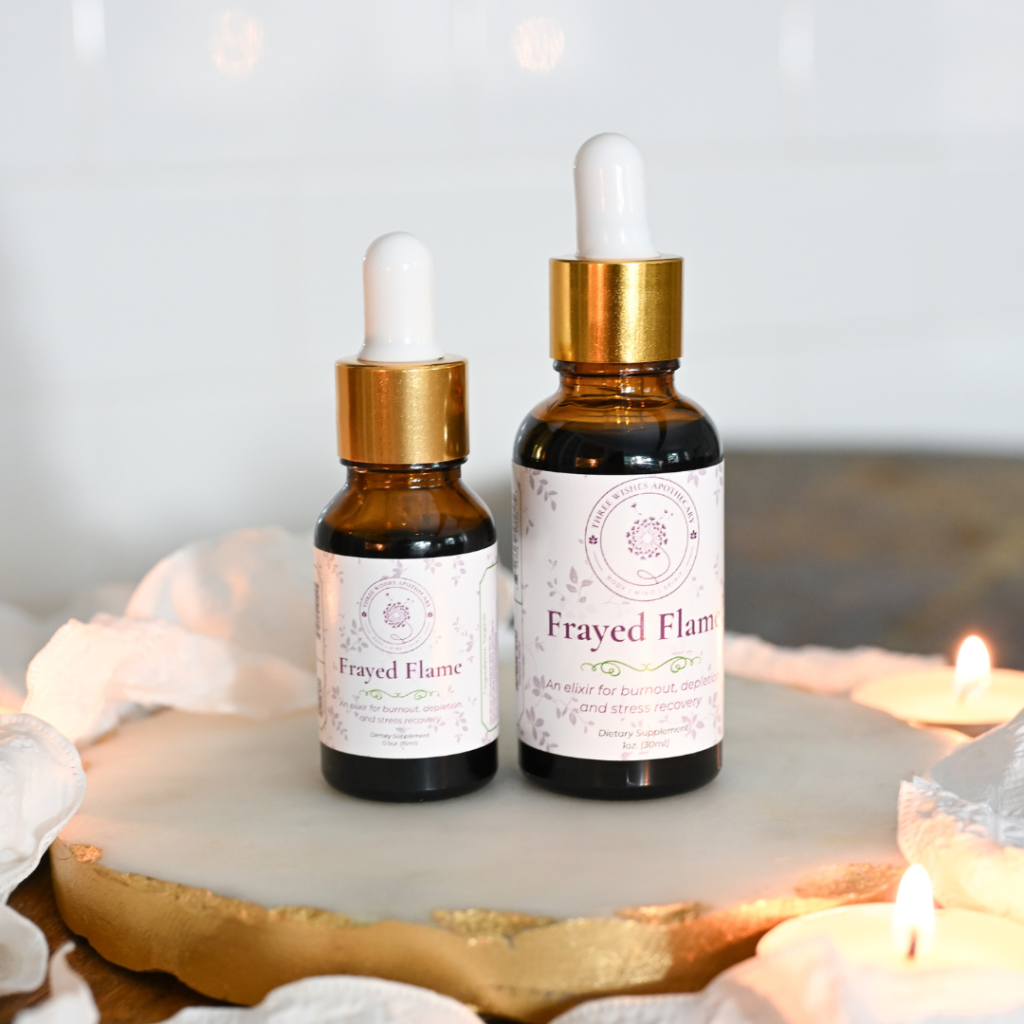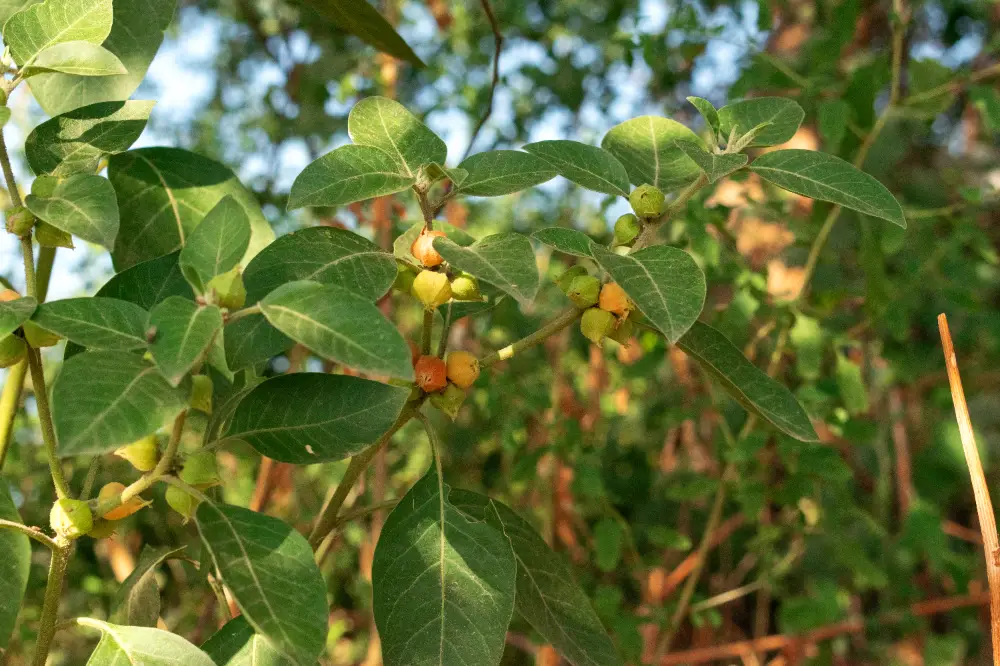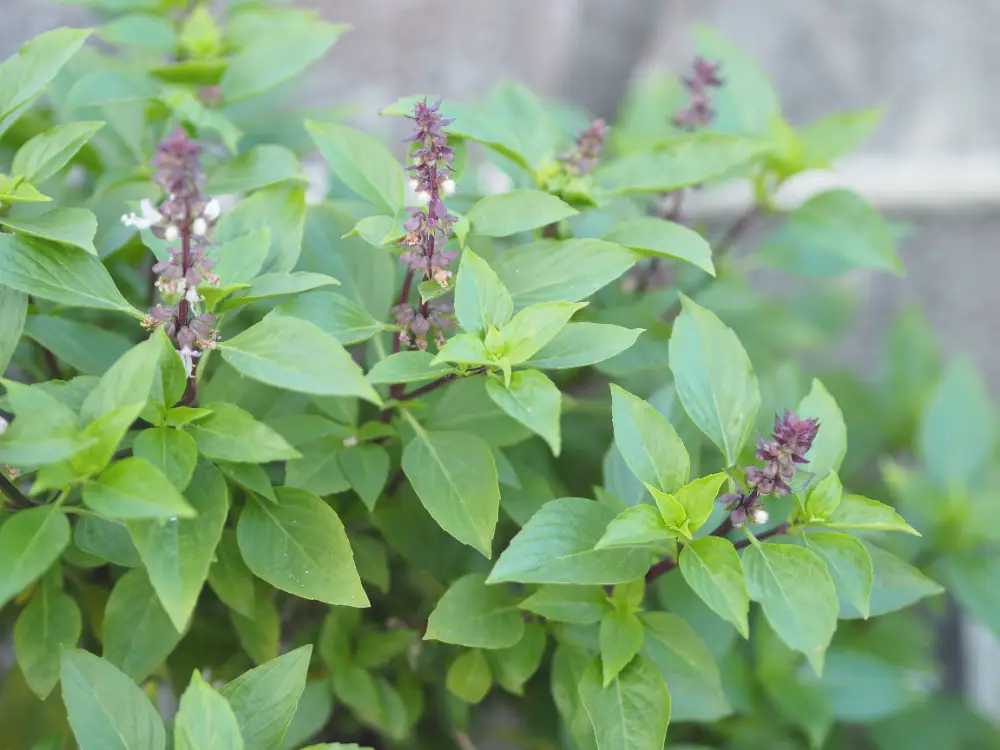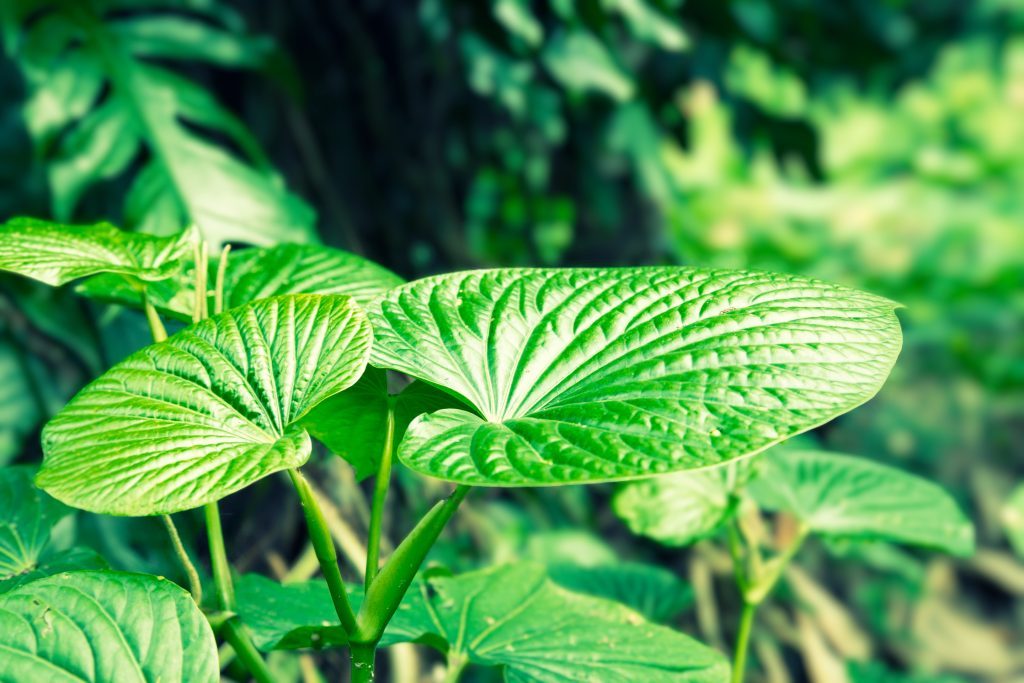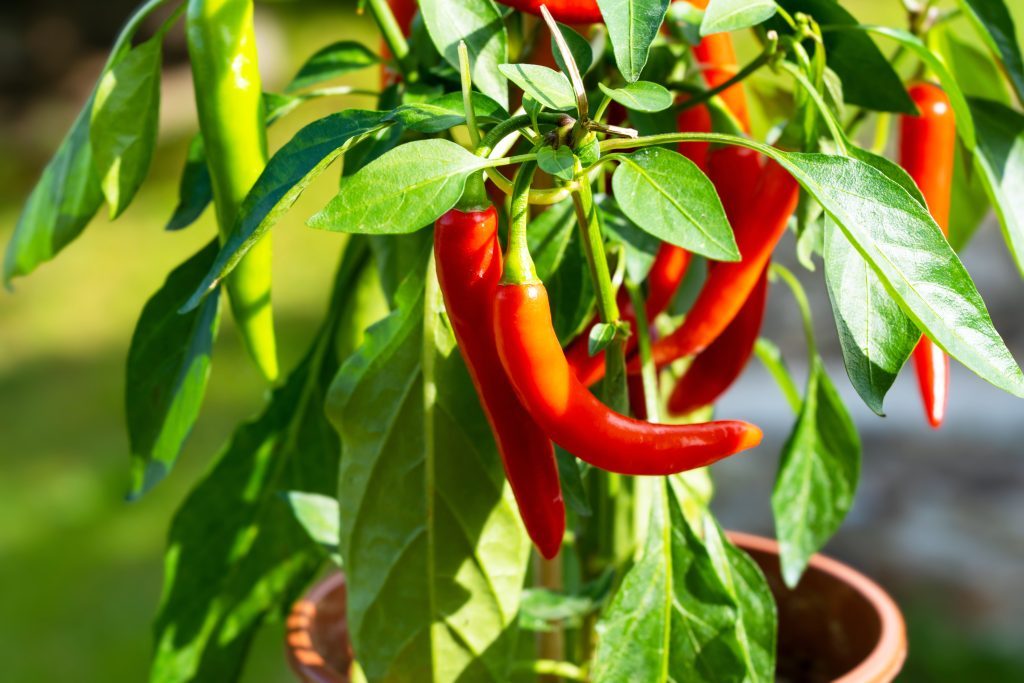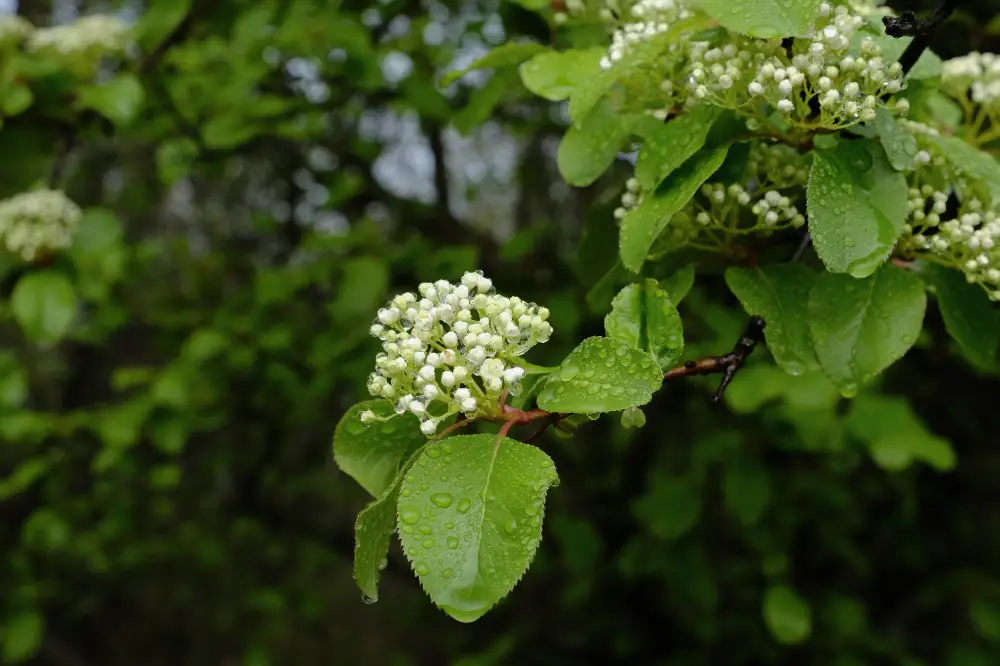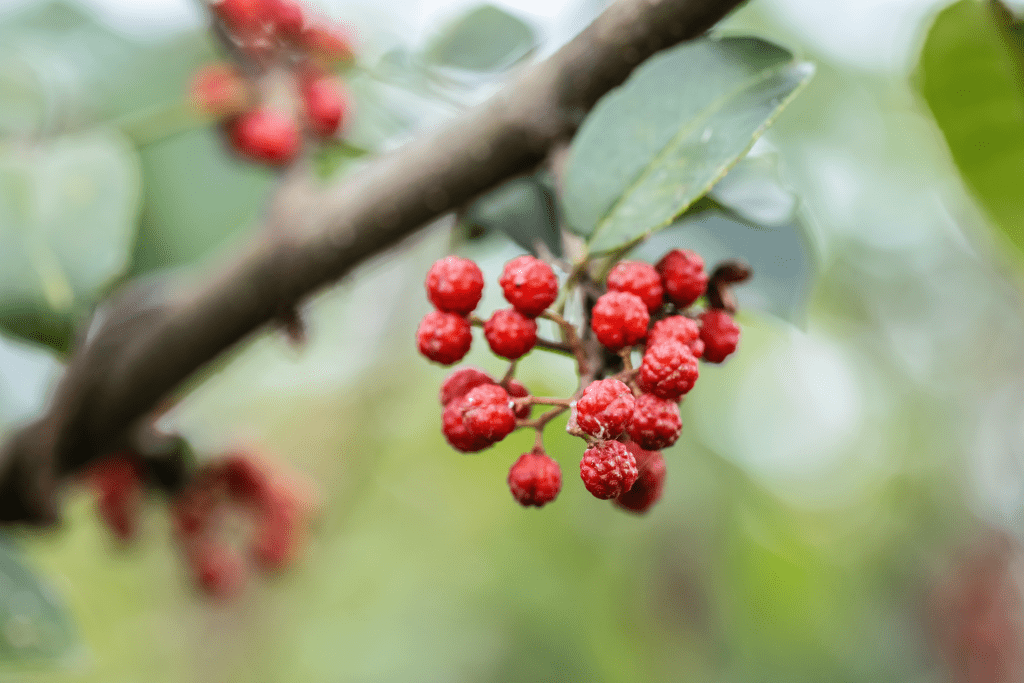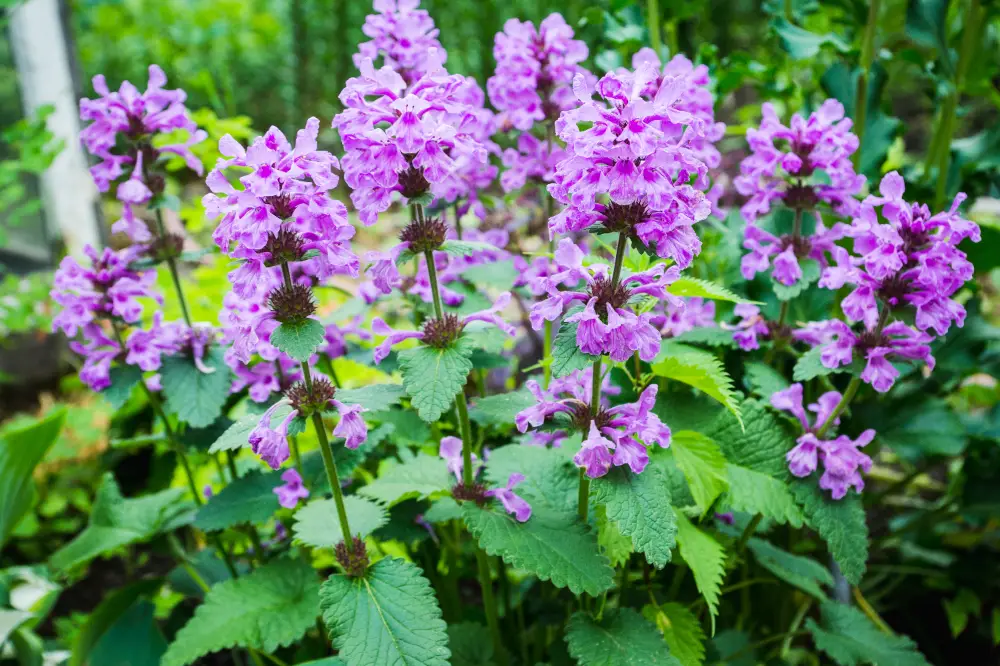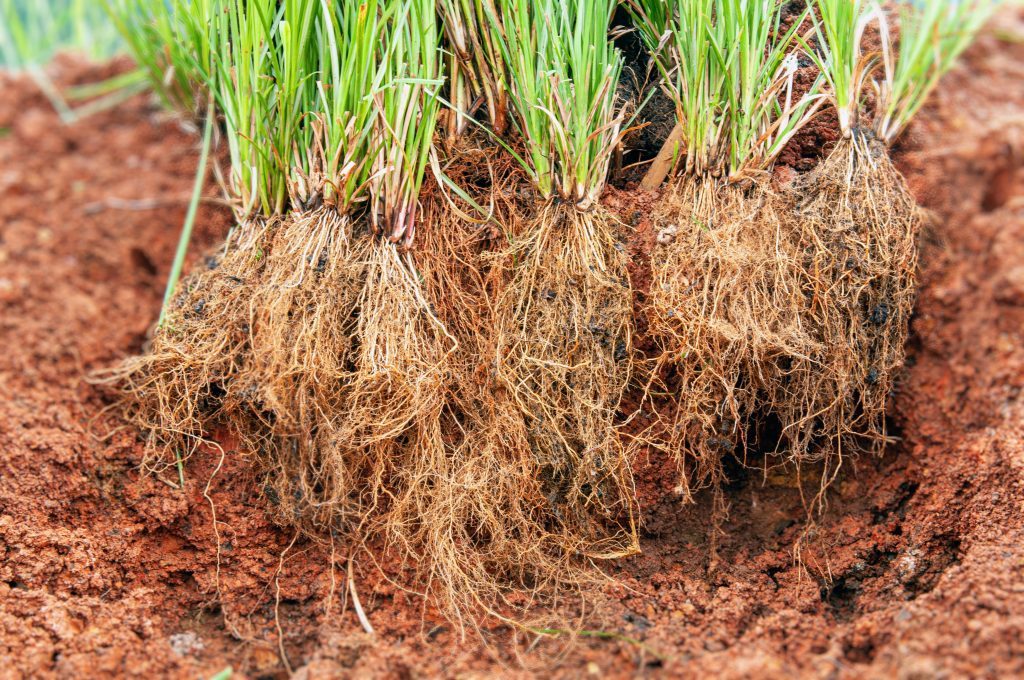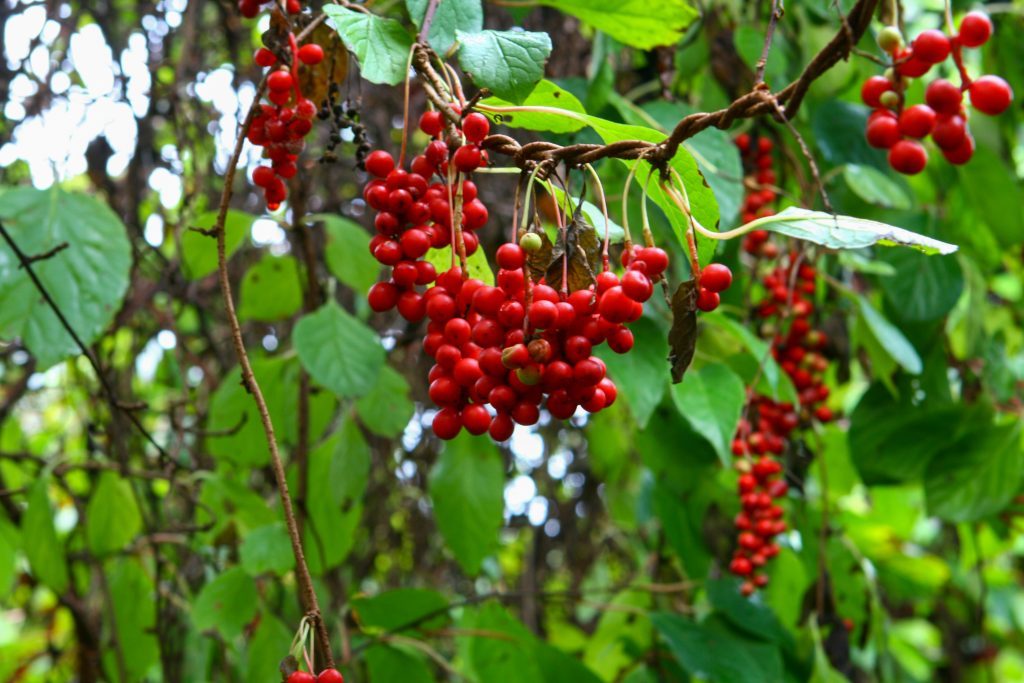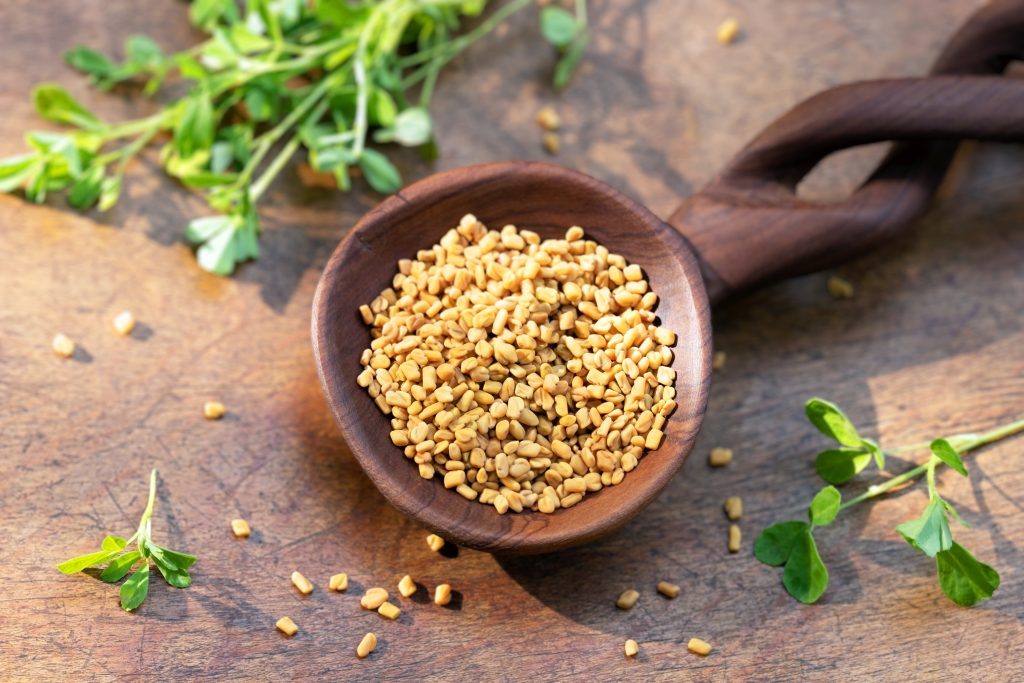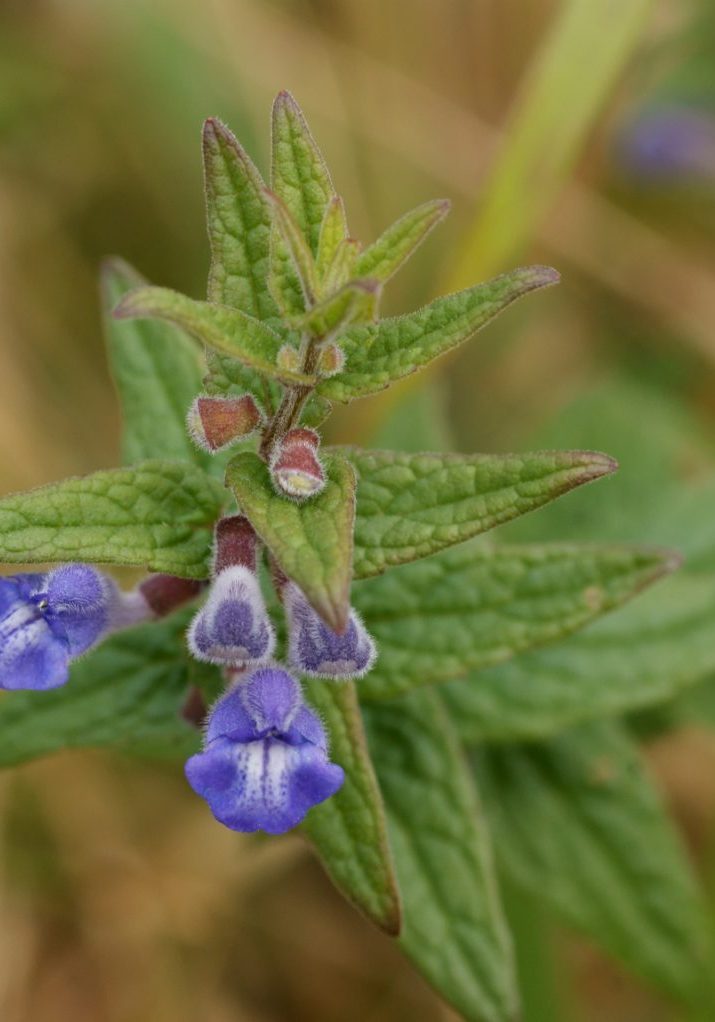
Skullcap
Scutellaria lateriflora
Laminaceae (Mint Family)
Valued for its calming effects on the nervous system, often used to relieve anxiety, nervous tension, and spasms.
Other names:
Blue Skullcap, Mad Dog Skullcap, Hoodwort, Quaker Bonnet, Helmet Flower.
Superpower
Known as the soother of frazzled nerves, Skullcap’s superpower is its ability to calm the nervous system and restore emotional balance.
Uses
Historical Uses:
Skullcap has a long history of use by Native American tribes for its calming effects on the nervous system, particularly in cases of anxiety and nervous tension. It was also used in early American medicine for treating conditions such as hysteria, rabies, and convulsions—which is how it earned the nickname Mad Dog Skullcap. Historically, it was often given to individuals suffering from nervous disorders to soothe the mind and promote sleep.
Current Uses:
- Nervous system support: Skullcap is widely used today to address anxiety, stress, and nervous tension. It is known for its ability to calm frazzled nerves without causing drowsiness.
- Sleep aid: While not as sedative as other herbs, Skullcap is often used as a mild sleep aid, particularly for individuals whose insomnia is caused by overthinking or mental stress.
- Headache relief: Skullcap is also used to relieve tension headaches, especially those associated with stress or emotional overwhelm.
- Muscle relaxation: Known for its antispasmodic properties, Skullcap can help relieve muscle tension and spasms, making it beneficial for muscular pain or cramps.
Cautions
Toxicity: None known.
Contraindications: None Reported.
Interactions: Skullcap may enhance the effects of sedatives and CNS depressants. Use caution if combining with other anxiolytics, sleep aids, or alcohol.
Known Chemical Constituents
Flavonoids, Diterpenes, and Phenylethanoid glycosides: Acteoside, apigenin, scutellarin, and luteolin provide anti-inflammatory, antioxidant, and nervine effects, supporting the herb’s calming action on the nervous system.
Volatile oils: Includes limonene, terpineol, and humulene, which contribute to Skullcap’s calming and relaxing properties, and add to its pleasant scent.
Tannins: Provide astringent qualities that help soothe tissues and reduce inflammation.
Iridoid glycosides: Compounds such as catalpol and aucubin give Skullcap its neuroprotective and calming effects.
Phenolic acids: Known for their antioxidant benefits, protecting the body from oxidative stress and supporting the nervous system.
Lignans: Offer immune-modulating and nervine tonic effects, helping the body manage stress and maintain balance.
Minerals: Skullcap is rich in calcium, magnesium, and potassium, supporting muscle relaxation and overall nervous system health.
Botanical Description
Habitat: Scutellaria lateriflora is native to North America, typically growing in moist environments such as along stream banks, in wetlands, and in meadows. It thrives in partial shade and rich soils.
Leaves: The leaves are opposite, ovate, and serrated, with a slightly rough texture. They are typically a medium green color and have a slight aromatic scent when crushed.
Stems: As a member of the mint family, the stems are square and usually grow between 1 to 3 feet tall.
Flowers: The bluish-purple flowers grow in small clusters along the stem. They have a unique shape, resembling a small helmet or hood, which gives the plant its common name, Skullcap.
Roots: The roots are fibrous and relatively shallow, allowing the plant to absorb moisture easily from the damp environments it prefers.
Fun Facts
Named for the shape of its seed capsules that resemble a medieval helmet or “skullcap.”
Parts Used
Aerial
Harvest
Timing: Skullcap should be harvested when it is in full bloom, typically during the summer months. The aerial parts—leaves, stems, and flowers—are collected for their medicinal properties.
Method: Cut the aerial parts of the plant with a sharp tool, leaving the root system intact to encourage regrowth for future harvests.
Storage: After harvesting, Skullcap should be dried in a cool, dark place with good airflow. Once fully dried, store it in an airtight container in a dark, dry area. Properly stored, dried Skullcap can retain its potency for up to a year.
Preparations
Teas and Infusions:
- Skullcap can be used as a gentle tea or infusion to calm the nervous system. Steep the dried herb in hot water for 10-15 minutes to create a soothing tea, especially effective for anxiety, nervous tension, or insomnia.
Tinctures:
- Skullcap tinctures offer a more potent form of the herb and are often used for acute anxiety or mental overwhelm. A tincture can be taken in small doses to ease muscle tension and calm nerves.
Powders:
- The dried herb can be ground into a powder and encapsulated for daily use, particularly in stress-relief formulas or sleep support blends.
Topical Applications:
- Skullcap can also be applied topically in salves or creams to relieve muscle spasms and tension.
Sacred Rituals
Calming ritual by brewing a Skullcap tea at the end of a stressful day. As you prepare the tea, light a lavender-scented candle and sit in a quiet space. Focus on your breathing, allowing yourself to feel grounded and centered. Drink the tea slowly, imagining the Skullcap releasing tension from your body and clearing mental clutter. Visualize any anxious or chaotic thoughts dissolving into calm as you sip, allowing yourself to be present and at peace.
Affirmations
“I release all tension and welcome peace into my mind and body. I am grounded, calm, and aligned with my inner strength.”
Spiritual Associations
Meditative support: Skullcap is known to help in meditation practices by easing mental distractions and allowing for deeper spiritual connection. Its ability to calm the mind makes it an ideal ally for those seeking spiritual grounding or mental clarity during rituals or reflective work.
Functions
A substance or agent that neutralizes free radicals, preventing oxidative damage to cells and tissues.
AntispasmodicA substance or agent that helps relieve or prevent involuntary muscle spasms, cramps, or contractions in smooth or skeletal muscles.
BitterA substance or agent, often from herbs, that has a distinctly bitter taste and stimulates digestive function, including the production of digestive enzymes, bile, and stomach acid.
Euphoric AgentA substance or agent that enhances feelings of joy, well-being, or pleasure, often uplifting the mood and relieving emotional tension.
HypotensiveA substance or agent that helps lower blood pressure, supporting cardiovascular health and reducing the risk of hypertension-related complications.
Nervine relaxantA nervine relaxant is a substance that calms and soothes the nervous system, reducing tension, stress, and anxiety, and promoting a sense of relaxation and peace.
Nervine TonicA nervine tonic is a substance that nourishes, restores, and strengthens the nervous system, promoting long-term resilience and balance.
SedativeA substance that calms the central nervous system, reduces nervous activity, and induces relaxation or sleep, often used to alleviate anxiety, agitation, or insomnia.

